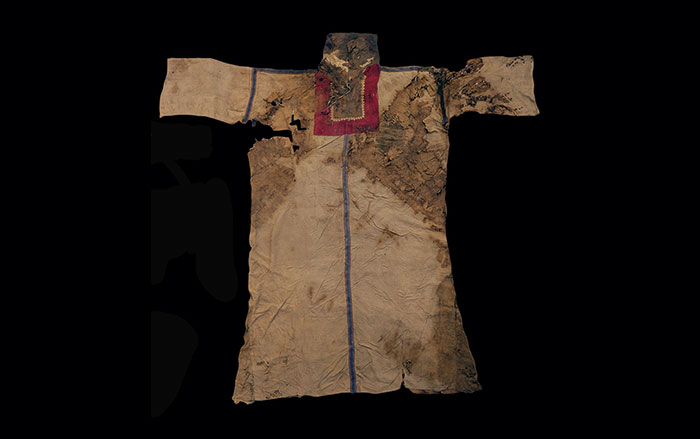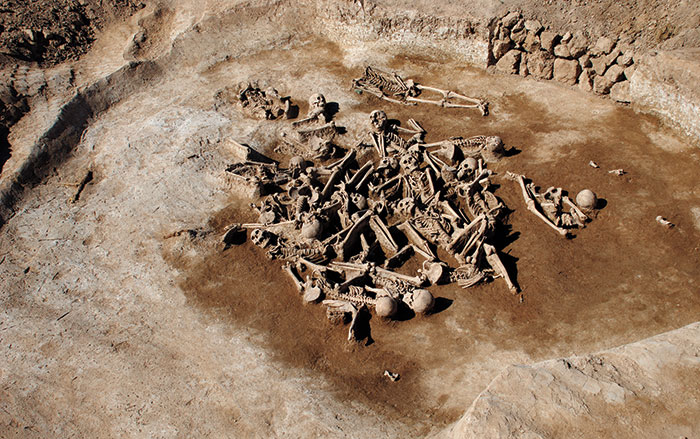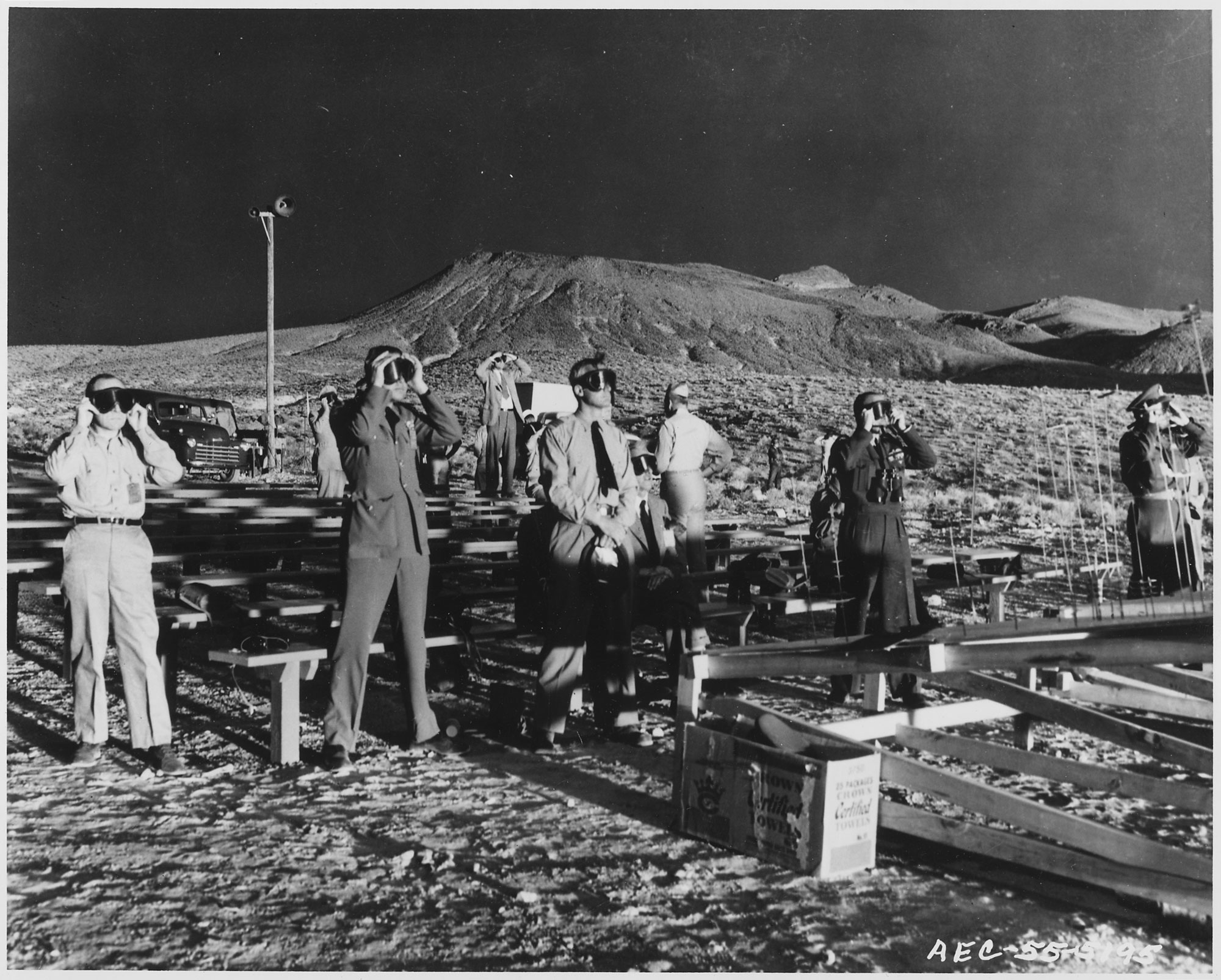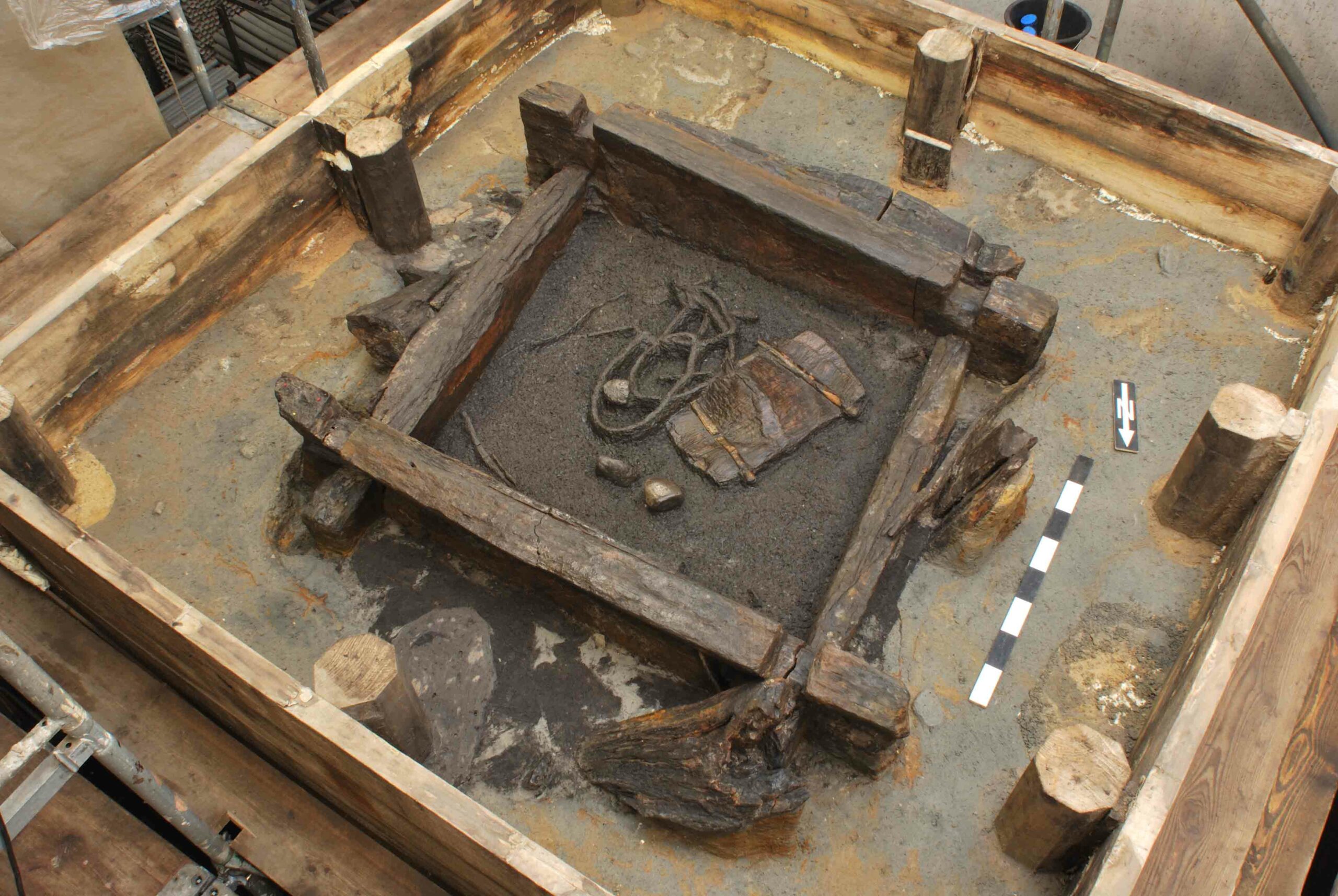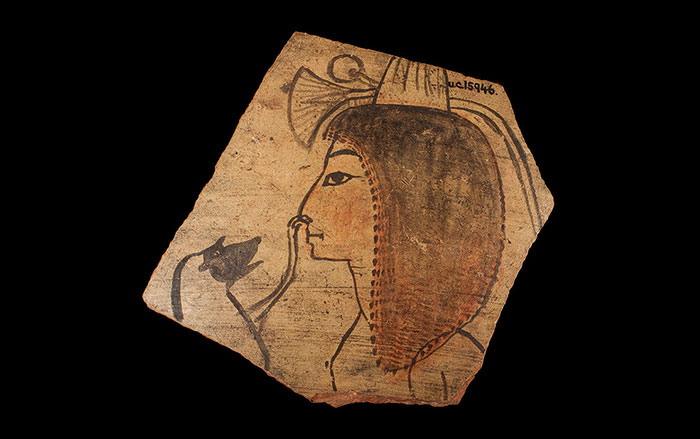
PARIS, FRANCE—Nature News reports that a new genetic analysis of the Beijing lineage of Mycobacterium tuberculosis, the bacteria that causes tuberculosis, suggests that it emerged some 6,600 years ago in northeastern China. This coincides with the archaeological evidence of the beginning of rice farming in China’s upper Yangtze River Valley. As in other parts of the world, it is thought the M. tuberculosis bacteria took hold in human populations when people settled down to farm. The research team, led by evolutionary geneticist Thierry Wirth at the National Museum of Natural History in Paris, thinks that the bacteria probably spread along the Silk Road, which connected China to the Middle East, and eventually reached the Pacific Islands and Central Asia in the nineteenth century with waves of Chinese immigration. Numbers of the bacteria spiked during the Industrial Revolution and urbanization after World War I, when people lived in increasingly close quarters. The numbers of bacteria fell as antibiotics became widely available, but then rebounded with the rise of HIV/AIDS and the collapse of the Soviet health system. To read about the spread of tuberculosis to the New World, see "Across the Atlantic by Flipper."



